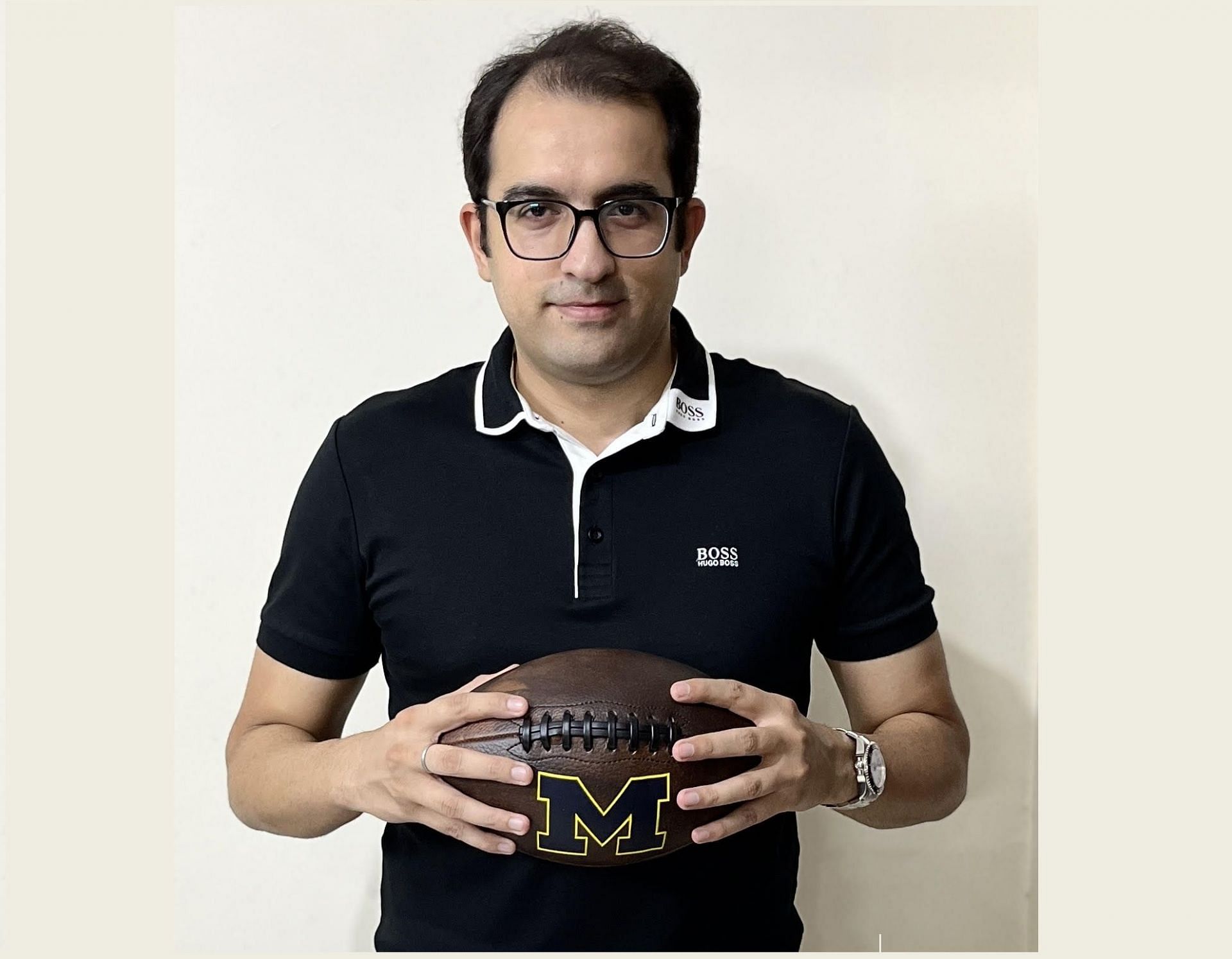
IPL ad spot rates grown 12-15% YoY: Nikhil Vyas, ITW Mediaworx
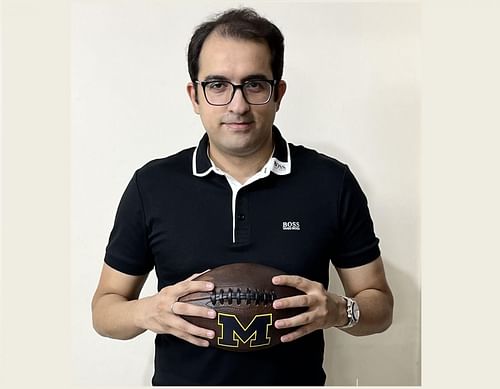
IPL ads in mainstream media are fast becoming India’s version of the Super Bowl, making household names of new age digital brands such as CRED, Groww, Pharmeasy, Oneplus, Realme, Byju’s and MPL Sports. What’s common among these companies is that they've all roped in ITW Mediaworx as their sports media agency consultants.
Founded in 2018, ITW Mediaworx is one of India’s few boutique sports media agencies, re-imagining how brands leverage sports properties in the country, through innovative sponsorship and media advertising opportunities.
Sportskeeda caught up with Nikhil Vyas, Co-Founder and CEO of ITW Mediaworx to better understand the world of brand-building through big-ticket live sports events.
Media Sales remains a not-very-well understood aspect of the media business, and it was thanks to a fortuitous connection that Mr Vyas, despite graduating with a degree in Hotel Management, began his journey in the sports media industry.
Read on for the full Q&A.
Note: This interview has been lightly edited for better readability.
1) For the benefit of those unfamiliar with this specialization, how would you define the work of ‘media sales’ in a nutshell.
Media sales, simply put, is ‘monetizing any event’. So when it’s an event which is supposed to go on TV [or] digital, you monetize it by virtue of selling ad-space to advertisers. For example, [in] cricket, the ads you see between the overs or fall of wickets are the opportunities for a broadcaster to sell to the advertisers.
Similarly, in digital space, these are the same positions between the overs, fall of wickets and any other opportunity, but it’s sold differently. It’s by impressions and not by TV ad spots. When you launch an event, you want to take the cost out of the event and ads is one of the mediums of generating revenue, others being distribution, subscriptions, and so on.
2) You have a Bachelor’s Degree in Hotel Management. How did the switch to the sports media industry come about?
This is the first time anybody’s asked me this (smiles). Yes, I did study hotel management in my graduation. That was long back. When I graduated, I was always interested in sales.
I was supposed to join Taj Group, which is one of the leading hotel chains in India. One of my seniors was working in NDTV then. She was almost quitting and was kind enough to recommend my name for an interview. At the right time, I got the opportunity to enter NDTV and that’s where I started my career in media sales.
3) Coming to sports media particularly, we’ve seen so many Leagues mushrooming in recent years. ‘Revenue forecasting for new properties’ is an aspect that comes within the ambit of media sales. So how does one ensure reasonable accuracy when it comes to revenue forecasting, especially for untested sports properties?
Ya it’s an interesting question. It depends on the sport firstly. For instance, if you talk of cricket, we have very established benchmarks. In cricket as well, the subset is ‘India cricket’ or ‘League Cricket’. League Cricket largely means IPL and not any other League globally. (Since BCCI-contracted Indian players are not allowed to compete in foreign T20 leagues.)
Five years back, when Star had just acquired the [IPL] broadcast rights from Sony, the ad-spot rates was [INR] 5.5 lakhs. From there on, today, it’s probably three times. So it’s constantly grown by 12-15% Year-On-Year basis.
One of the most important factors becomes the acquisition costs. They [Star] paid a significant sum for these rights, [so] they have to price it accordingly, and [the] market is ready to pay for it because it understands that this is the biggest event.
But when it comes to untested new properties, it becomes challenging. When you think of ISL, I don’t know exactly the thought process which would have gone [on] in the broadcaster’s mind, but they would have definitely compared it with the pricing for EPL, La Liga, or existing international football events.
It’s difficult to imagine, but the fact is ISL is more expensive as a media property to buy ad-spots versus EPL/La Liga, which are globally renowned and popular.
I guess [this is] primarly because ISL is [an] ‘Indian’ football league and it gives the advertisers [the opportunity] to partner with the teams. That opportunity is usually not available with any other international leagues because then you have to be a global partner.
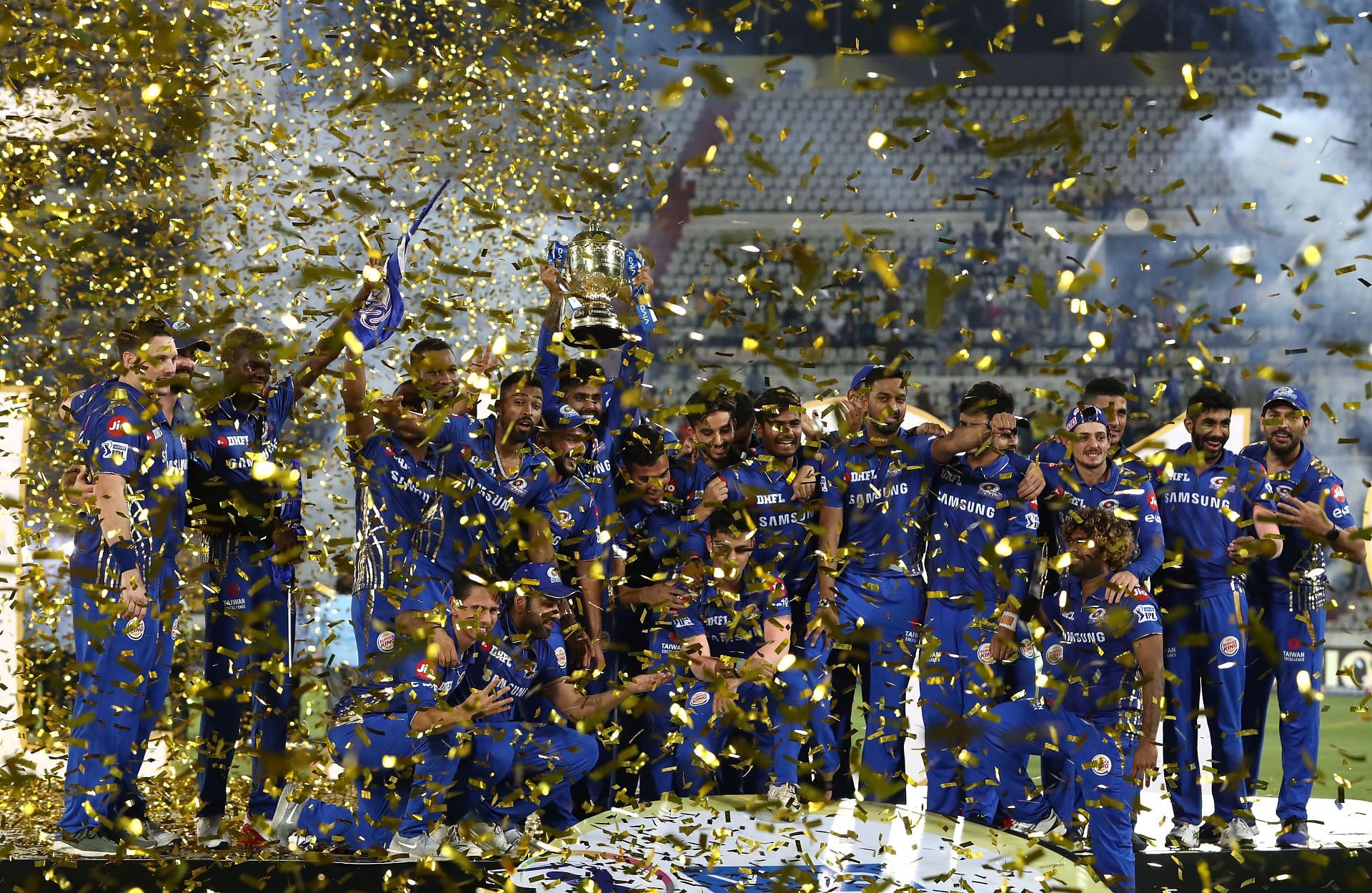
4) Your work also involves liaison with global rights holders, and with marketing, operations, production & programming teams. Keeping these diverse collaborative responsibilities in mind, what personality type is ideally suited for media sales work?
We’ve honestly not thought about it. But largely, few of the things that I could mention include: Curiosity - it is very important. It is important in every space, but here [in media sales] it is equally important to know and understand the other side of the story and to understand the product.
Being driven is very important because especially in media sales you do hundreds of pitches, but those pitches don’t convert. Only 2-5% convert.
Accountability is another thing which is very important. One has to be sincere and accountable especially in media sales [since] you know you are responsible to generate revenue for your Company.
These are few traits which I would say are important to consider while deciding to enter this [media sales] space.
5) There is a creative aspect to media sales work too, as you mention in your LinkedIn profile as having to come up with “tailor made concepts for clients in order to leverage sports as a platform for the brand campaigns”. Can you share some examples of some of your most successful tailor-made brand campaigns?
Usually as a group, when we propose a sponsorship opportunity to any advertiser, it’s not just [on the] basis of a commodity which is available to sell; there are also some concepts which the team works on.
For example, there was a security camera brand we were pitching and we suggested that they come up with these creative lines which we could play on the giant screen in the stadiums. [This was] ‘don’t litter’ messaging, in public interest, [followed by] their tagline that ‘the camera is watching you’, [followed by] the brand [logo].
One of the successful case studies from IPL would be CRED. CRED, when they started, they owned this area of the game which is ‘Power Play’. Now everybody remembers it as CRED Power Play. So that became very successful from year one in their association. They’ve continued to own that space and tried to even own that beyond IPL.
Static to Digital Signages
6) Coming to co-founding ITW Mediaworx, you mention that you “saw a need-gap of specialised sports media services in the country and envisaged offering all the sports media and sponsorship solutions under one roof.” What are the various sports media services that Mediaworx provides?
When we started, we’ve always wanted to do innovative things. We take pride in claiming that we have been advocating to move from static signage inside the ground to LED. In the last decade, we’ve advocated this to all the cricket boards, and eventually, we were one of the companies which were at the forefront of converting them to digital.
We are covering all the touchpoints in the sports ecosystem, from sponsorship management on ground, sponsorship execution, taking the commercial rights on ground and selling those opportunities to advertisers, then activating those sponsorships for the advertisers, for the brands.
The last bit [of our work] would be the media part. [The] same set of advertisers would be needing the TV or digital ad-space, and the opportunity to activate this sponsorship on [a] massive scale on TV or digital medium. So we have been covering all these touch points.
Since the time we started Mediaworx, we launched Playworx, which is our activation arm. The idea was: we are into sponsorship space but we want brands to ‘activate’ these sponsorships.
In the West, it is very common that [if] you spend one dollar in sponsorship, you should be spending at least one or more dollars in activating the sponsorship, but that is not the case in India.
In India, the way it works is that people see it as a ‘media buy’…[i.e.] how many times the brand will be visible on the LED asset, which ‘position’ do we get on the ground, whether it is pitch logo, mid-wicket area, stump branding or any other asset - it becomes like a media asset. So that is something we wanted to advocate and change.
But now, I think things are changing. There are a lot of advertisers, especially the new age digital companies who are understanding the value of associating with any event or a League or a team sponsorship, and using it as a key resource to leverage throughout the year.
For example, something like an official mobile handset of RCB, or official hygiene partner of any IPL team. [This is] something which is very common in the West, and people do leverage such associations because that builds trust and you see that if this product or service is good enough for RCB or Chennai, it’s good enough for me. That’s the thought process and that’s what advertisers have now been looking to leverage.
Typically when you sign a talent - let’s say you sign Dhoni or Virat Kohli - then you hire a creative agency to come up with the ideas to leverage and create a communication which is most relevant and which will help you achieve your objective. But when you do sponsorships, this trend is not seen.
[So] this is something which we have been advocating, and we provide these solutions as well under [one] roof. When you sign [for] sponsorship, we should [also] give that brief to the creative agency as to how to leverage those rights which we have as part of the sponsorship deal.
Existing agencies for the longest time have been claiming that they understand it all, but the fact is they don’t. Hence, there was a need-gap of coming up with such a solution, and we’ve seen tremendous success in the last four years.
The iconic CRED-Rahul Dravid ad which was aired on the first day of the 2021 IPL Season.
Media Spends in Sports vs Non-Sports
7) Why should sports media be considered a distinct category compared to other non-sports media properties, requiring a boutique agency? Please elaborate on the ‘need-gap’ issues that existed in the market, prior to the founding of Mediaworx.
Firstly, it’s [boutique media sales companies specializing in sports] not a new concept. It’s been there for a very long time in the West. But the same companies who have been offering these solutions in the West were not doing it, for whatever reasons, in India.
Sports is one area where there are many touch-points, unlike in entertainment or a news genre where the content is being produced in-house and there’s limited opportunity to what you can do.
But in sports, you get the talent from the sports ecosystem, you create content with those talents and around the touch points, from the relevant moments in the game, then you leverage those by promoting those associations offline, even in malls, [or] any other areas.
8) Technologically, how has the media spend space evolved from when you started, to today?
A natural transition [would be] moving from physical painted 3D logos on grass, on the ground or carpet behind the wicket to a digitally embedded or superimposed logo in live broadcast. [This] makes it easier, makes it clearer because then you know exactly how the brand logo is, [and] it will be delivered exactly like that. But there is still probably some few years where it will be entirely transitioned to digital, but it’s the way to go.
We are seeing that international leagues such as Premier league [or] La Liga, [are] even going to the next step of superimposing ads for specific regions.
These events are aired in more than 200 territories globally, and while Premier League is a UK event and La Liga is a Spanish event, they are very big in [the] Asian market, Latin America [and] North America. So they’ve come up with a solution to have different set of advertising for different regions.
They virtually superimpose advertising on their LED signages which can cater to those specific geographies. Maybe it will take some time, but eventually that might be adopted by most of the international cricket events.
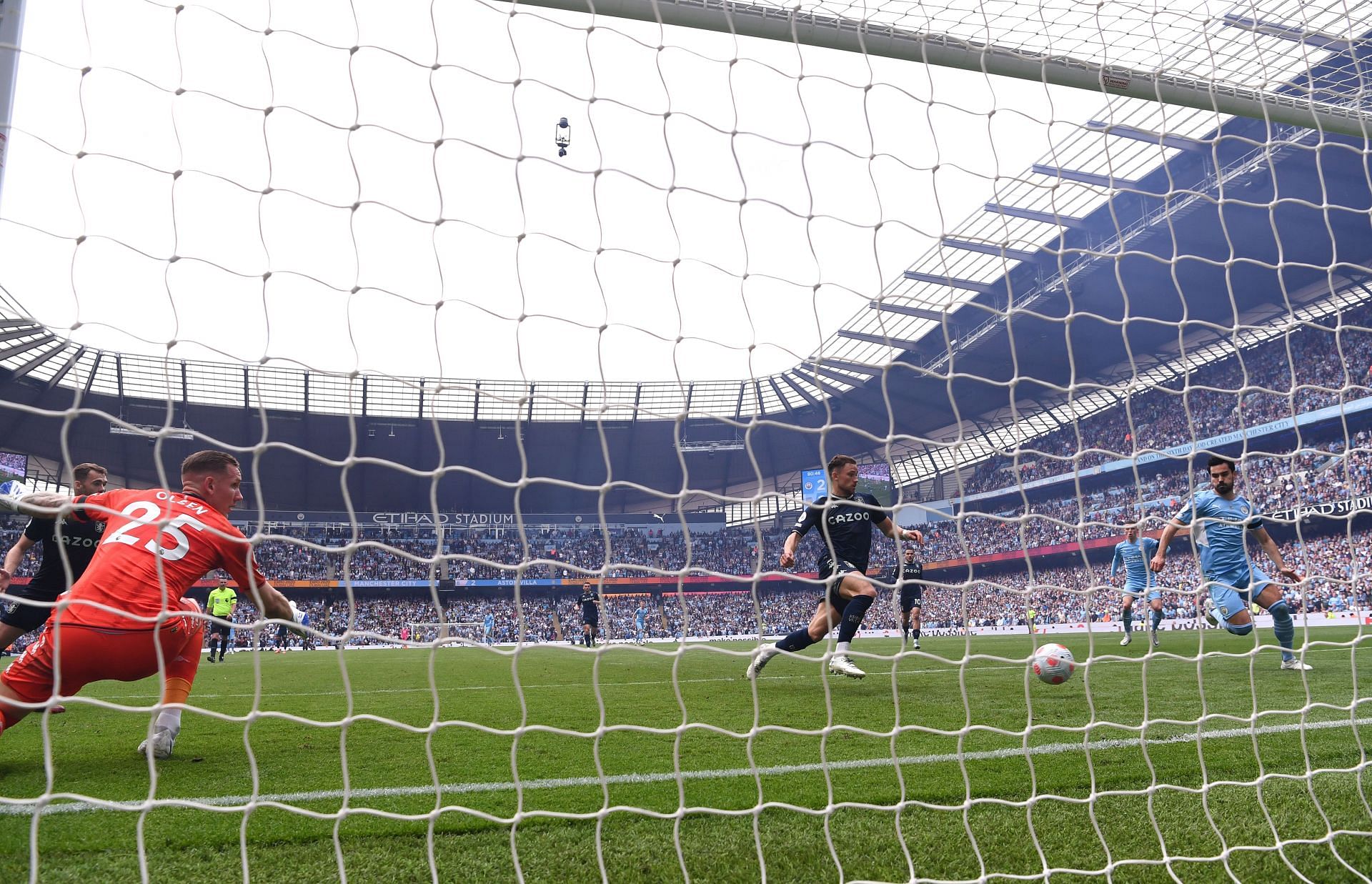
9) You’ve managed media sales of properties across multiple sports. How crucial is it to be familiar with the nuances of a particular sport to sell the same among potential buyers?
It’s definitely critical. Sometimes we take it for granted because we have been consuming cricket for such a long time, [so] everybody in India knows and understands cricket. In IPL for example, we understand Power Play [and] Strategic Time Out. But imagine if we just replace it with an event like Major League Baseball.
If you don’t know the technicalities, how will you come up with solutions for the brands or how will you ensure that it is monetized [and] presented well to the advertisers?
So it is important to understand the event. Then and only then you can come up with ideas or solutions for the brands which can work both for the rights holder as well as for the brands.
For example, I think if it’s about the speed of the run-up or speed of the ball, we created this opportunity which is called ‘speed ball virtual graphics’ where it was taken by Swiggy and they relate it with the speed of [their service] delivery.
Media Spends during IPL
10) Among your media spend priorities, broadly what’s the split between in-stadia/Offline advertising; digital media to traditional print media?
That depends on the brands and the objectives. For example, if it is a very popular brand which everybody is aware of, [and] brand awareness is not a challenge, then probably it can be skewed towards sponsorship in-ground where logo visibility can solve the purpose. [For] example Hero or Royal Stag, everybody knows what they are into, so that’s why they are probably very prominent in most of the sponsorship space or properties in India, whether it is football, cricket, elsewhere.
But if it is a new brand, they would definitely need storytelling to communicate what they exactly do. In that case, there will be a mix of sponsorship (which could be probably 20%), then out of remaining another 50-60% should be TV because TV still remains to be biggest, most impactful medium, especially in sports. The remaining could be looked at digital as a medium because OTT is definitely growing.
But, end of the day, it[OTT]’s heavily skewed towards mobile viewing, which is a smaller screen. When you talk about TV, it’s a larger screen and the impact is much better, hence TV remains the medium which can drive impact for you.
11) BARC has been in the news for its malpractices around mis-reporting TRPs of news channels. In such a backdrop, would you say accuracy of market data remains a challenge?
You rightly mentioned that these issues keep coming up every now and then, but these are largely [relevant] for the genres which run on these numbers. For example, you mentioned news channels - they don’t even actually work on TVRs or Ratings and are largely dependent on market share. There are many news channels, so they keep fighting and are heavily dependent on these numbers, and then these issues keep coming up.
But in sports, if there’s a cricket match happening, there is no competition because there’s only one cricket match, only one cricket team which plays only once in that period. So [BARC] ratings don’t matter that much as it matters is genres like news or entertainment.
12) Does ITW Mediaworx conduct its own internal & independent market research?
For sponsorships, we do. It’s a unique solution where besides the information we get from BARC, we also give live clips of the advertisers, when they appear, how many times did they appear, and what was the total duration. So there’s a technology behind it, which has been built by the organization over the years.
For media [opportunities], we also follow BARC. But at the same time, we’ve seen that probably more than 50% of this year’s IPL advertising is from [new age] digital companies. So this group of companies are very much dependent on the information which they get from their own userbase or from their own Google analytics.
[This shift] makes sense because if you talk about any new age company, they are very growth focused and that’s the reason why they decide to choose impact events like IPL, bilateral cricket or any other international cricket such as Asia Cup or World Cup. So they (or any other brands) do these events because of the kind of impact and reach they can get from one such gam
When India plays Pakistan in World Cup, almost 50% [of their targeted] reach comes from that single match. If you are part of that match, you can imagine the kind of awareness you can get from advertising in that single match.
BARC probably is more relevant for FMCG Companies like Reckitt or Procter & Gamble who have to advertise literally every single day in every single genre in India. But for these new age digital companies, they want to see the results live as the advertising is happening.
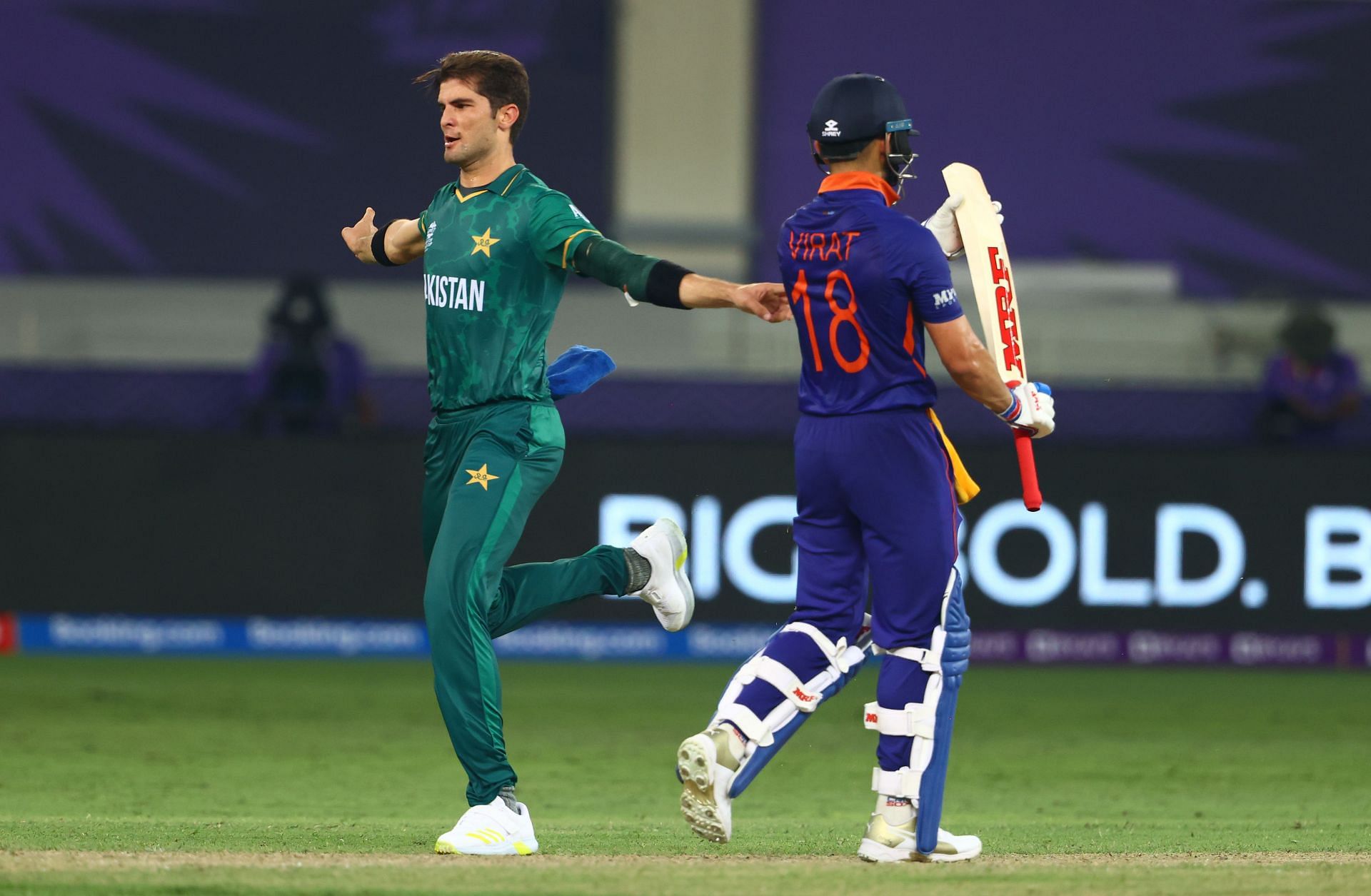
For example, if I am PharmEasy [and] I am advertising in IPL, the moment my ad is being aired on Star Sports, my team would get information exactly on how many people logged into the app or how many people registered for this application or downloaded this application, [or] how many people searched on Google exactly at the time when [the] ad-spot was aired.
For example, if a new phone is launched - say iPhone 14 gets launched - and they play an ad, they get this information on Google about how many people searched about iPhone 14 exactly when [the] iPhone 14 ad was being placed in IPL.
I think it’s the same globally. Super Bowl is the biggest example [where] it becomes talk of the town if you have one ad-spot in Super Bowl. Everybody in America is most likely watching you and then you kind of get that high impact visibility which you would probably not get from any other event.
13) What is your message to young professionals looking to enter the business side of sports media?
One should be curious to know and learn and should be open to connecting with more number of people. Those connections will really help in getting you inroads.
Ideal thing to do is start working with a bigger organization and try to learn the nuances of the business, but if at all it is taking time, one should not be reluctant to starting on their own.
You don’t have to wait to get a break in these bigger organizations - you can just start by understanding the business, learning the business, and by working with athletes or the new talents which are out there. Probably the biggest companies, they don’t want to work with those talents because they are not big enough yet - not everybody will become Neeraj Chopra. Hence, I would say that you should not wait and just try to seek opportunities and start on your own.